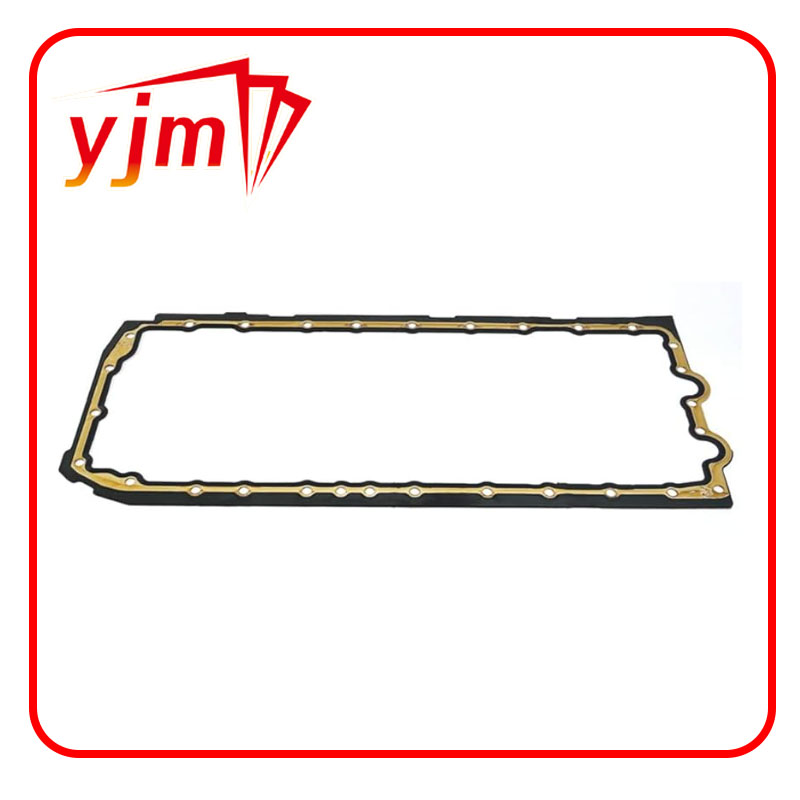transmission tail seal
Understanding Transmission Tail Seal Importance and Maintenance
The transmission tail seal is a critical component of the vehicle's transmission system. It plays a vital role in ensuring that the transmission fluid remains contained within the transmission assembly, thus preventing leaks and maintaining optimal performance. Understanding the function, significance, and maintenance of the transmission tail seal is essential for vehicle owners and automotive enthusiasts alike.
At its core, the transmission tail seal is located at the rear of the transmission where it connects to the drive shaft. This area is susceptible to wear and tear due to constant movement and vibrations during vehicle operation. The primary function of the tail seal is to create a tight seal that retains the transmission fluid, which serves as lubricant and coolant for the transmission system. Without an effective seal, the fluid can leak out, leading to inadequate lubrication, overheating, and eventually, transmission failure.
One of the most common signs of a failing transmission tail seal is a noticeable leak of reddish-brown fluid under the vehicle. It is crucial for vehicle owners to identify this issue early on. Ignoring fluid leaks can lead to more severe problems, including a complete transmission breakdown, which can be costly to repair.
Regular maintenance is essential for prolonging the life of the transmission tail seal and the overall transmission system
. Here are several tips to ensure the longevity and performance of the tail seal1. Regular Fluid Checks Routine checks of the transmission fluid level can help in identifying leaks early. If the fluid level is low, it might indicate a problem with the tail seal or another component.
transmission tail seal

2. Fluid Replacement Transmission fluid should be replaced according to the manufacturer's recommendations. Over time, transmission fluid can break down due to heat and contaminations, which can degrade the tail seal's effectiveness.
3. Visual Inspections Periodic visual inspections of the transmission area for signs of leaks or damage can help catch issues before they escalate. If fluid is observed around the tail shaft area, it may be time to consider replacing the transmission tail seal.
4. Professional Inspections Having a qualified mechanic inspect the transmission system during regular service appointments can help identify potential issues with the tail seal and other components.
5. Considerations During Repairs When replacement is necessary, it’s vital to choose high-quality seals made from durable materials designed to withstand the harsh conditions within the transmission system.
In conclusion, the transmission tail seal, while a seemingly small component, plays a significant role in the overall health of a vehicle's transmission system. By understanding its importance and implementing a proactive maintenance routine, vehicle owners can ensure their transmissions remain in optimal condition, enhancing the performance and longevity of their vehicles. Being attentive to any signs of leakage and addressing them promptly will not only save on repair costs but also provide peace of mind while driving.
-
Understanding the Front Main Engine Seal: Purpose, Maintenance, and Installation
News Jul.29,2025
-
Understanding O-Rings and Seal Rings: Types, Applications, and Custom Solutions
News Jul.29,2025
-
Understanding Crankshaft Oil Seals: Rear Seals, Pulley Seals, and Their Role in Engine Integrity
News Jul.29,2025
-
The Importance of Front and Rear Crankshaft Seals in Engine Performance and Oil Management
News Jul.29,2025
-
Crank Oil Seals: Functions, Types, and Cost Considerations in Engine Maintenance
News Jul.29,2025
-
A Comprehensive Guide to O-Rings and Seals: Types, Materials, and Global Applications
News Jul.29,2025
-
Mastering Diesel and Performance Engine Maintenance: A Guide to Critical Oil Gaskets
News Jul.28,2025
Products categories















